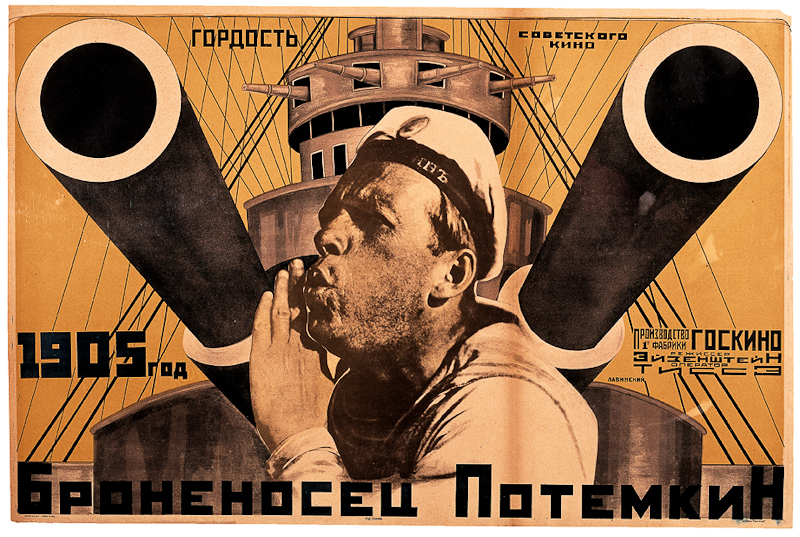
Carleton’s art gallery has officially entered adulthood, celebrating its 20th anniversary with a public gathering and exhibition launch at the gallery Oct. 15.
Photomontage Between the Wars (1918-1939) is the collection detailing photomontage as an art process in Germany and the Soviet Union.
Looking back, however, the Carleton University Art Gallery (CUAG) has seen a lot in the last 20 years. Under its roof, art history students have been enlightened, a collection has been built from the ground up, and visitors stopped by from around the world.
It has also served as a matchmaking venue, according to CUAG’s first director Michael Bell.
“The spring time was always good because the gallery was a great space for the guys and the girls to meet. It was a much more pleasant environment than the cafeteria,” Bell laughed.
Jokes aside, CUAG’s first decade had its challenges, especially with funding.
When Bell began in 1992, he said he started with a “blank slate.”
All that was guaranteed was the gallery’s location — the basement of St. Patrick’s Building on the edge of campus.
Bell recalled how he had to personally approach university deans for money because the gallery didn’t have an operating budget.
He also had no extra help for the first six months, after which point he scrounged enough money to hire a part-time administrator.
“I’m just thrilled it’s still going on,” he said.
Today the gallery receives stable funding from both the Ontario Arts Council and the Canada Council for the Arts.
Getting permanent funding was Diana Nemiroff’s main objective when she took over as director in 2005, once Bell retired.
Nemiroff, who retired in June, said she accomplished her goals as director.
“I think by the time I left in the summer, the CUAG [was] really on a solid financial footing,” she said.
She said another priority was figuring out the best way for the public to access the huge collection that Bell successfully expanded from the initial 83 pieces.
“We were short of everything, except works of art,” Nemiroff said.
Today the gallery hosts over 20,000 artworks.
Newly appointed director Sandra Dyck said her ongoing challenge is public awareness.
Dyck said she still meets people on campus who don’t know where the gallery is located.
“Of course it’s very discouraging because we’re . . . well publicized, we get in the Citizen, we’re extremely well-regarded across the country,“ she said.
When Bell pioneered CUAG, he said St. Patrick’s was the last building on campus. All that came after it was a small swamp and an open field.
“The big question was how are we going to get people to come all the way up here?” he said.
Nemiroff echoes this sentiment, saying when she was director, “the biggest criticism we got was that people couldn’t find the gallery.”
She said she hopes that the gallery will soon find a donor willing to invest in a new location where it will have street visibility and more storage space, because the current storage “is full to the gills.”
As for the gallery’s staff, it has not increased as rapidly as the gallery’s collection.
“There are very few in Canada that have a collection our size and staff so small,” Nemiroff said. “What that implies is that people are working very hard.”
Dyck said ideally she would like to have six staff members to lighten the workload.
“With my job, you have to know a little bit about a lot of things. Because we have such a small staff people have to do way more than if we had a bigger staff,” she said.
Despite the ongoing obstacles CUAG faces, it all comes back to serving the public, specifically Carleton students.
It’s connecting with these same students that Bell said he misses most.
“They could just come in and respond to the art and be themselves,” Bell said.
“It was probably the best job I ever had, other than being retired.”





